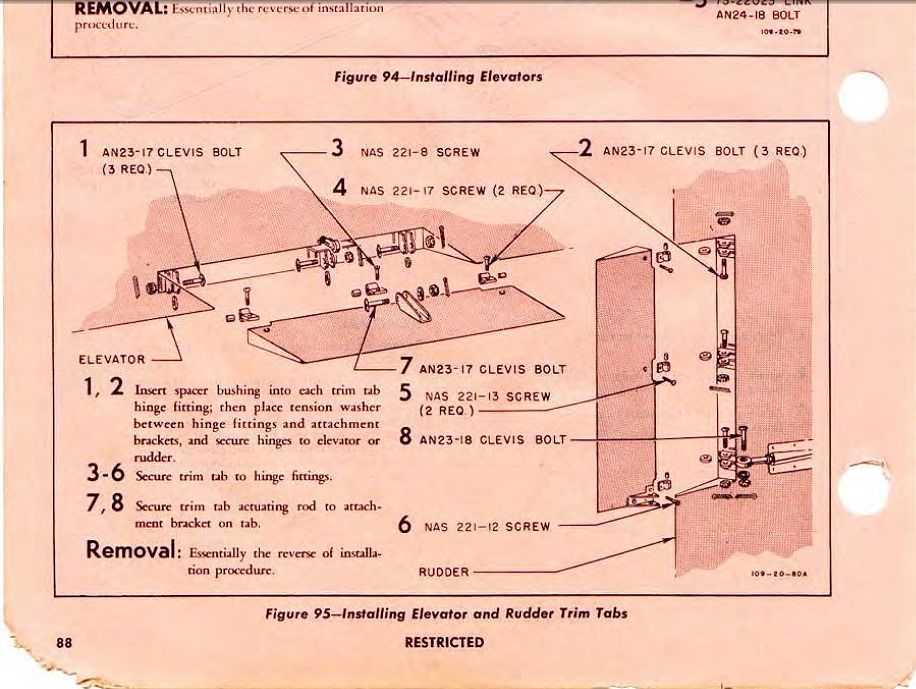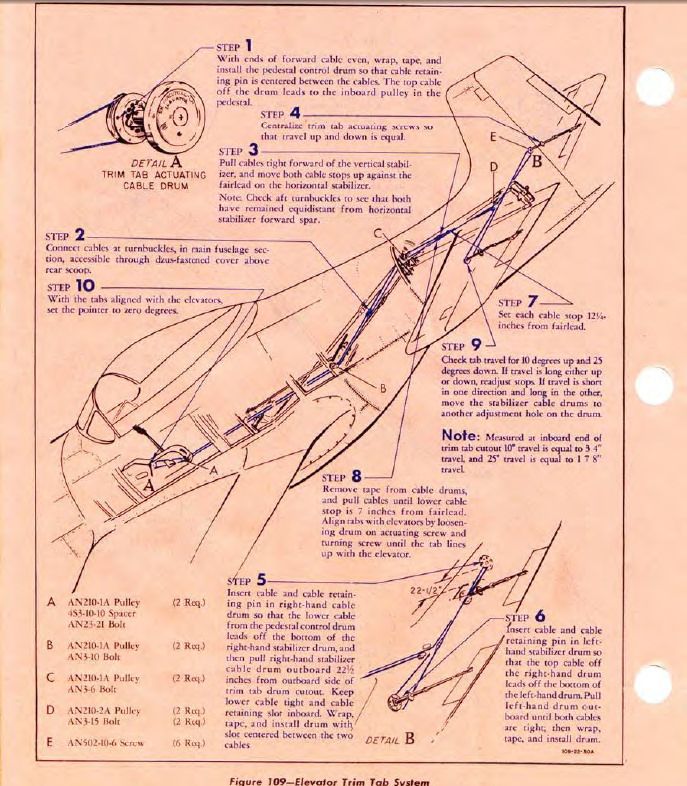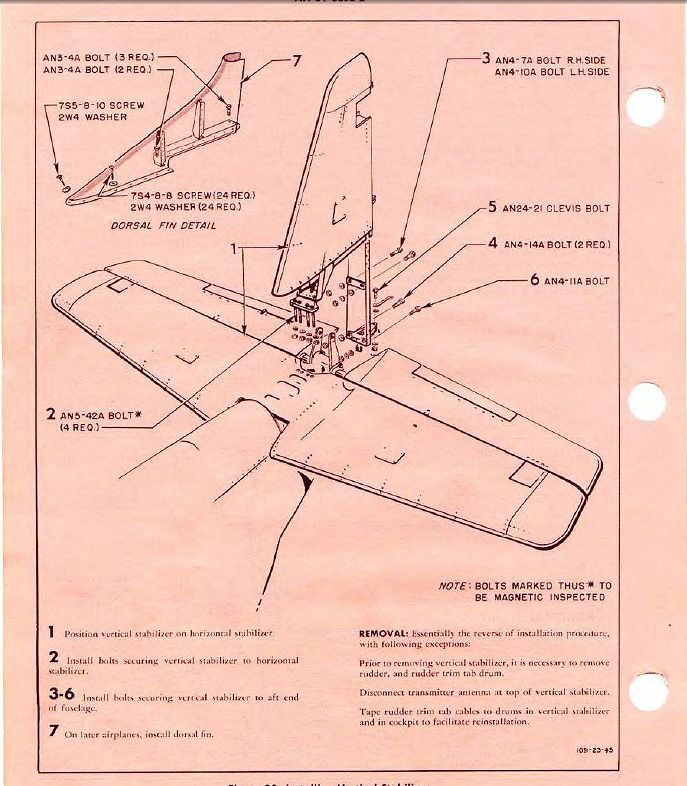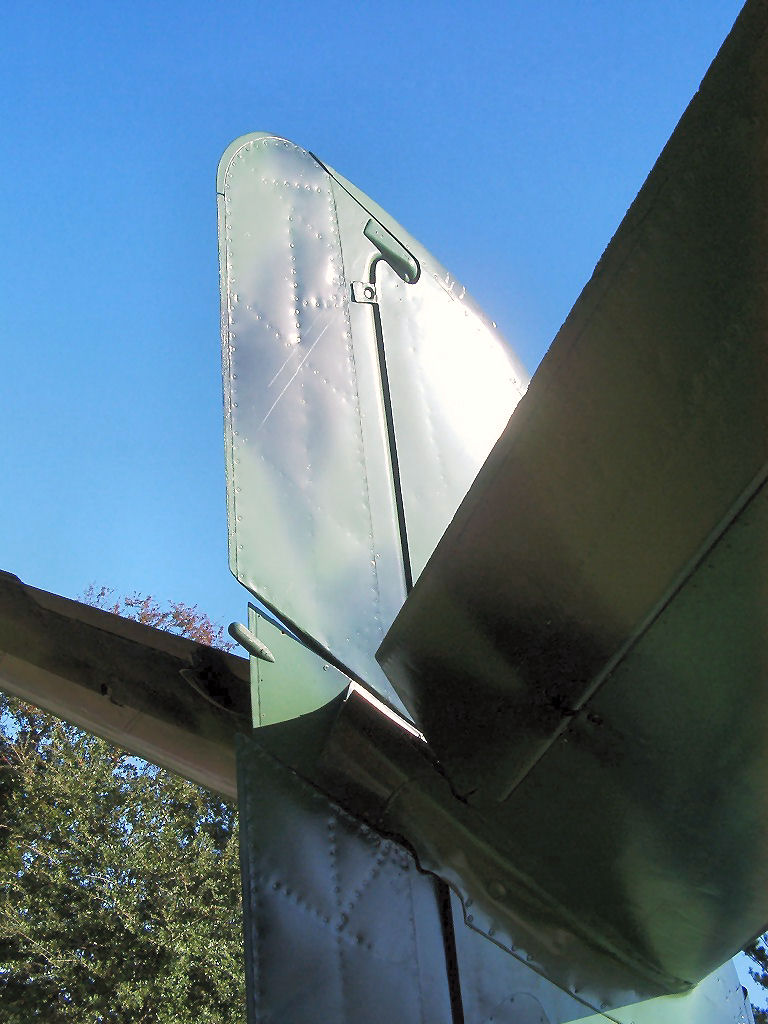Kevin, the whole trimtab-departing scenario has happened before, and thankfully that time the pilot survived. Based on that experience, it is absolutely known what '
can' happen when a trimtab departs from a Mustang at race-speed:
http://www.warbird.com/voodoo.html
To keep a Mustang in trim, at near 500 mph, meaning that the airplane won't want to climb with neutral stick control, a significant amount of down elevator is needed, as the airframe isn't meant to stay at those speeds in level flight - the VNE "never-exceed" airspeed in the stock P-51, is 505 mph, which could only be attained, in a stock P-51, by putting it into a dive. The most you could usually hope for, even at max power, in a stock Mustang, is around 380-400 mph at best, especially at low altitude. At 500 mph, I would imagine that the Mustang could very well want to climb at 5000 fpm or more, without any trim input - it can maintain an extended 2,000+ fpm climb on high cruise power alone, going 170-175 mph.
As I've mentioned before, although the stock P-51 had two elevator trimtabs that worked together at the same time, it seems that only the left elevator trimtab on Galloping Ghost was being worked through the elevator trim wheel inputs. This may be an issue that is near the center of the investigation. My personal questioning, is how much more effective would the elevator trim be, with two tabs working together (as a stock Mustang has), than just one (as Galloping Ghost may have had) - in other words, would more nose-down trim be needed with only one tab in use, compared with that of both tabs in use, to get the same result. If so, perhaps there was more elevator trimtab deflection, from that single tab, than there would be from both tabs working together, to get the desired affect in-flight. I also wonder about the possible asymmetrical effect, in the original stock configuration being changed.







